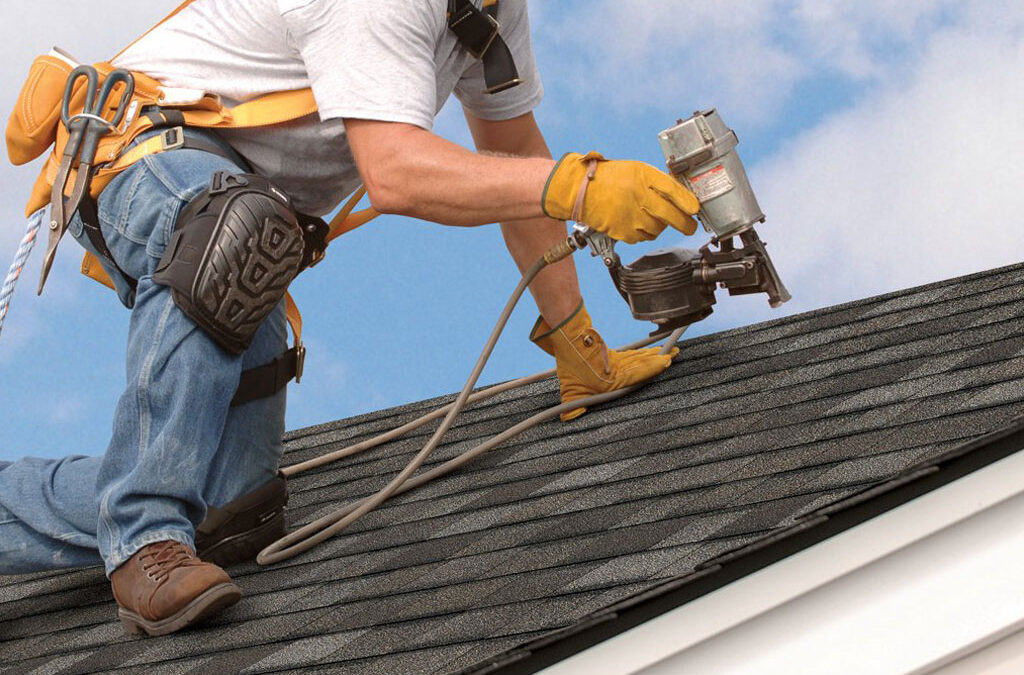Leading Beachside Roof Covering Options for Stylish Coastal Living
When picking roof covering options for coastal homes, it is necessary to consider both aesthetic charm and resilience against severe marine conditions. Understanding just how these materials do in seaside settings can substantially influence design decisions, triggering a closer exam of their particular features and suitability for your seaside hideaway.
Asphalt Roofing Shingles
Asphalt shingles are a preferred choice for roof covering in coastal locations due to their affordability and flexibility. These tiles are made up of a fiberglass base and asphalt layer, making them lightweight yet durable. They are available in a range of designs and colors, permitting house owners to choose an appearance that matches their seaside visual.
Among the main benefits of asphalt tiles is their cost-effectiveness. Contrasted to various other roof covering materials, such as wood or tile, asphalt tiles offer considerable cost savings while still offering adequate security versus the components (oahu roofing). Their setup process is relatively simple, contributing to lowered labor costs
In seaside environments, asphalt shingles carry out well against wind and rainfall, particularly when selected with ideal wind scores. Many asphalt shingles are treated with granules that offer UV security, aiding to mitigate the impacts of sunlight exposure, which is vital for homes found near the ocean.
However, it is important to consider the lifespan of asphalt shingles, as they typically last 15 to 30 years. Routine maintenance, including evaluations and timely repair work, can enhance their durability and make certain reputable efficiency over time. This makes asphalt shingles a practical selection for beachside homes.
Steel Roof Covering

One of the key benefits of metal roof is its longevity (oahu roofing). When effectively kept, metal roof coverings can last as much as half a century or even more, considerably outliving traditional products like asphalt tiles. Additionally, steel roof covering is lightweight, which minimizes the architectural load on a home, making it less complicated to set up and much less taxing on the existing framework
Power effectiveness is one more compelling function. Steel roofing systems reflect solar induction heat, which can assist reduced cooling expenses in warmer months-- a substantial benefit for seaside occupants. The selection of designs and coatings offered also allows homeowners to accomplish a customized look that complements their seaside visual.
Finally, metal roofing is eco-friendly, frequently made from recycled products and completely recyclable at the end of its life process. With its combination of sturdiness, power efficiency, and visual flexibility, metal roof covering stands apart as a leading selection for trendy and sustainable coastal living.
Tile Roof Covering
Floor tile roof covering has actually become a preferred selection for seaside homes, bringing a blend of sturdiness and aesthetic charm. This roofing option is specifically renowned for its resistance to extreme coastal elements, such as salt spray, high winds, and intense ultraviolet rays (oahu roofing). Made from products like clay or concrete, floor tile roofs preserve their integrity in time, supplying durable protection for beachside residential or commercial properties
The one-of-a-kind appearance of floor tile roofs enhances the architectural design of coastal homes, supplying a timeless and sophisticated appearance. Readily available in numerous colors and shapes, ceramic tile roofing can enhance different style choices, navigate to these guys from Mediterranean to contemporary appearances. Additionally, floor tile roof covering uses outstanding thermal insulation, assisting to manage indoor temperature levels and reduce power expenses.
One link of the crucial benefits of ceramic tile roof covering is its reduced maintenance demand. Unlike other products that might weaken or require regular repair work, ceramic tile roofings can withstand the examination of time with minimal upkeep. Additionally, their fireproof residential or commercial properties add an extra layer of safety and security for seaside homeowners.
Wood Shake
Wood shake roof covering provides a distinct alternative for beachside homes, combining all-natural beauty with functional benefits. This roof covering design is crafted from hand-split cedar, supplying a natural aesthetic that integrates with seaside atmospheres. The sturdy appearance and abundant shade variations of timber shakes enhance the aesthetic charm of any kind of coastal residential property, developing a cozy and inviting atmosphere.

Nevertheless, it is vital to think about maintenance when choosing timber shake roof covering. Routine evaluations and therapies to stop bug, mold, and mold and mildew damages are needed to lengthen its life expectancy. Additionally, applying a protective sealer can enhance water resistance, crucial for homes found near the ocean.
Artificial Roofing Materials
While standard products have their appeal, synthetic roof covering alternatives are progressively preferred for beachside homes due to their extraordinary longevity and low upkeep demands. These roof covering products, which include artificial slate and rubber shingles, are particularly crafted to hold up against extreme coastal conditions, such as high winds, salt exposure, and hefty rainfall.
One of the primary benefits of synthetic roofing is its light-weight nature, making setup easier and reducing the architectural tons on homes. Additionally, synthetic products can be created to simulate the aesthetic appeal of conventional roof covering alternatives, supplying an advanced appearance without compromising feature. Lots of artificial roofings featured guarantees that extend decades, offering property owners satisfaction pertaining to long life and performance.
In addition, synthetic roofing is ecologically friendly, often made from recycled products, and can be totally recyclable at the end of its life process. The low upkeep nature of these materials implies property owners spend much less time and cash on maintenance, enabling them to appreciate their seaside way of life without fear. For those seeking a mix of style, practicality, and resilience, synthetic roof covering materials click site emerge as a top selection for beachside living.
Conclusion
In verdict, choosing the suitable roof covering material is crucial for improving both the visual allure and longevity of seaside homes. Asphalt tiles offer financial benefits, while steel roof makes sure durability and energy performance.
.jpg?as=0&width=509&hash=92C031116F89250FE7E20303CAC3E599)